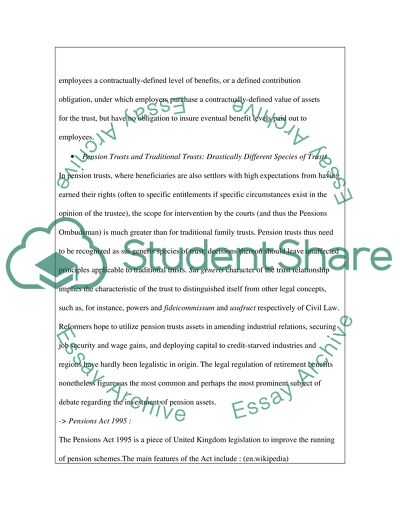Cite this document
(“Pension Trust Funds Essay Example | Topics and Well Written Essays - 2500 words”, n.d.)
Pension Trust Funds Essay Example | Topics and Well Written Essays - 2500 words. Retrieved from https://studentshare.org/sociology/1501278-pension-trust-funds
Pension Trust Funds Essay Example | Topics and Well Written Essays - 2500 words. Retrieved from https://studentshare.org/sociology/1501278-pension-trust-funds
(Pension Trust Funds Essay Example | Topics and Well Written Essays - 2500 Words)
Pension Trust Funds Essay Example | Topics and Well Written Essays - 2500 Words. https://studentshare.org/sociology/1501278-pension-trust-funds.
Pension Trust Funds Essay Example | Topics and Well Written Essays - 2500 Words. https://studentshare.org/sociology/1501278-pension-trust-funds.
“Pension Trust Funds Essay Example | Topics and Well Written Essays - 2500 Words”, n.d. https://studentshare.org/sociology/1501278-pension-trust-funds.


